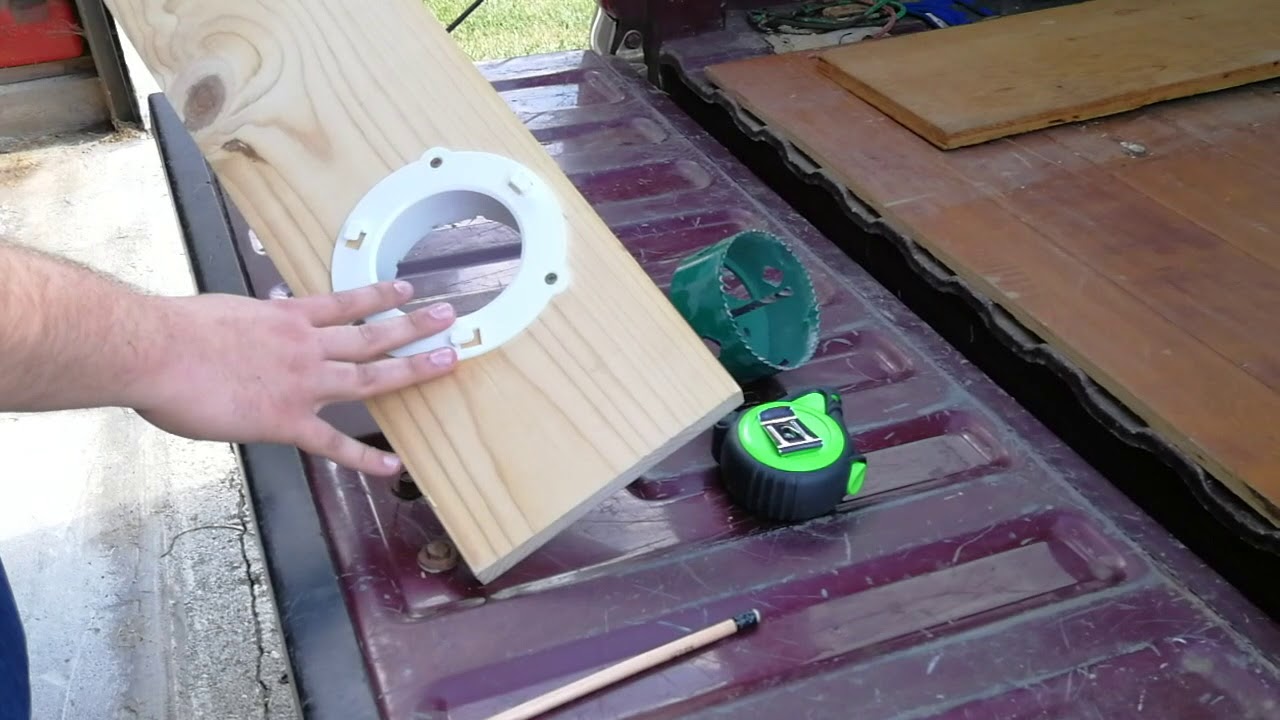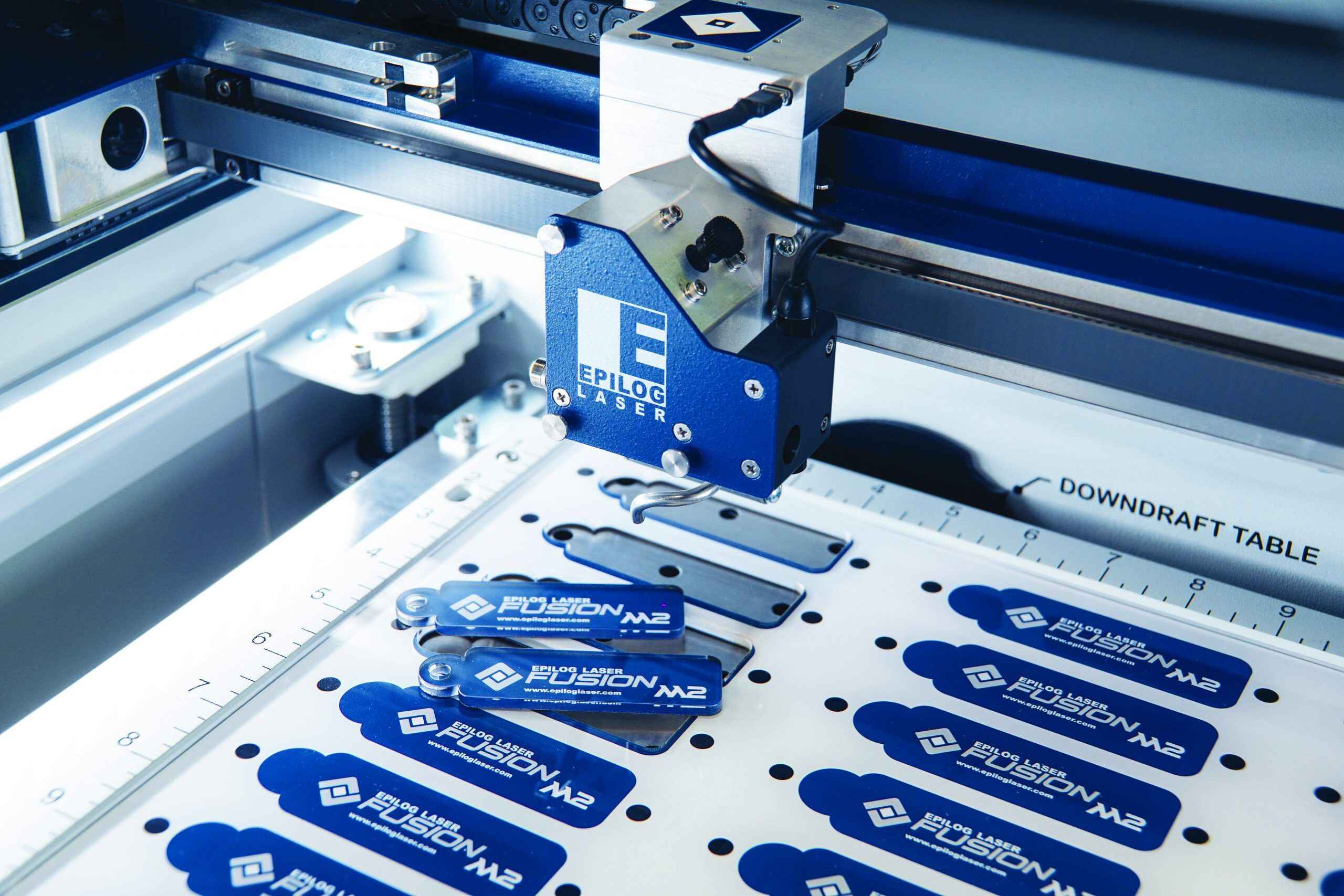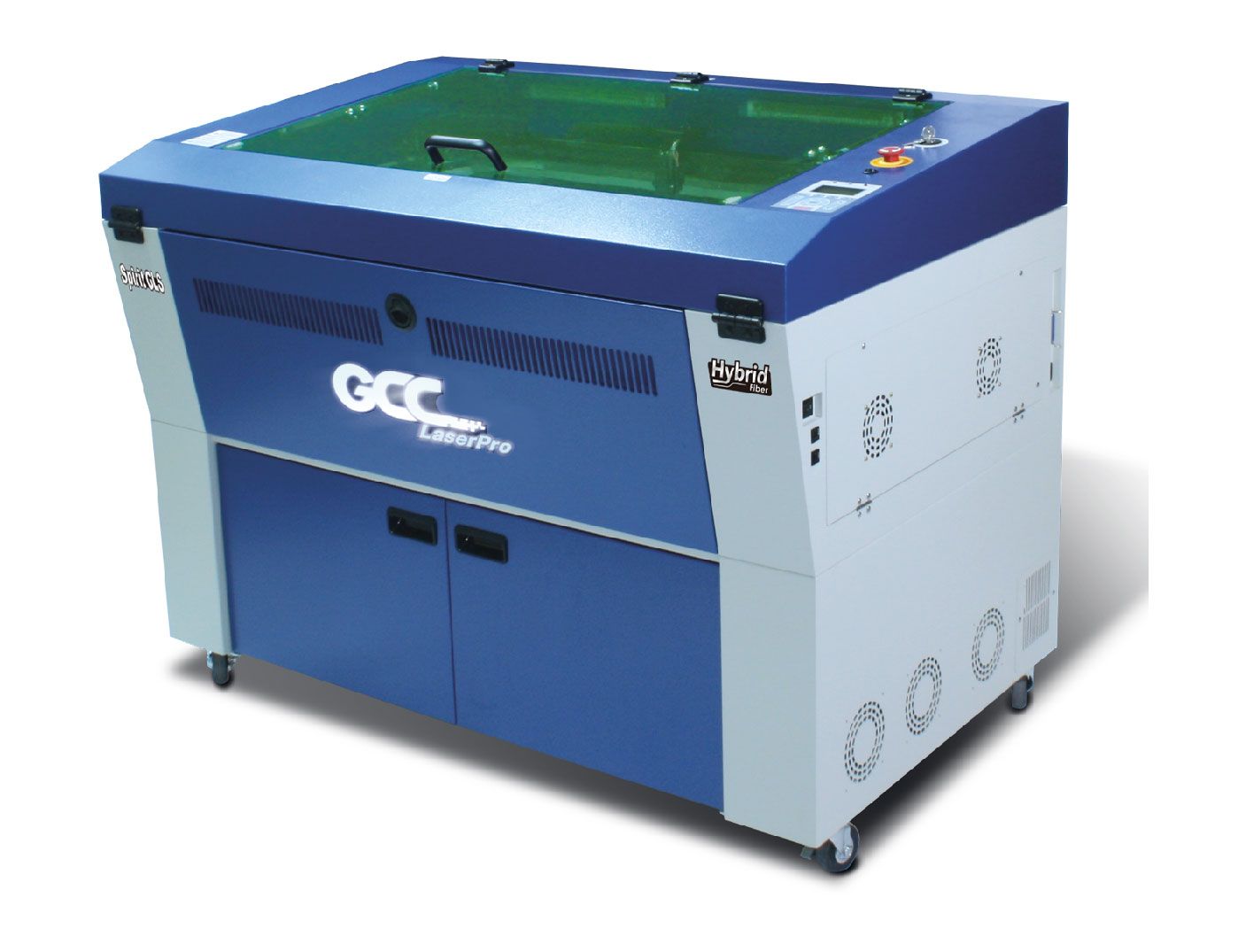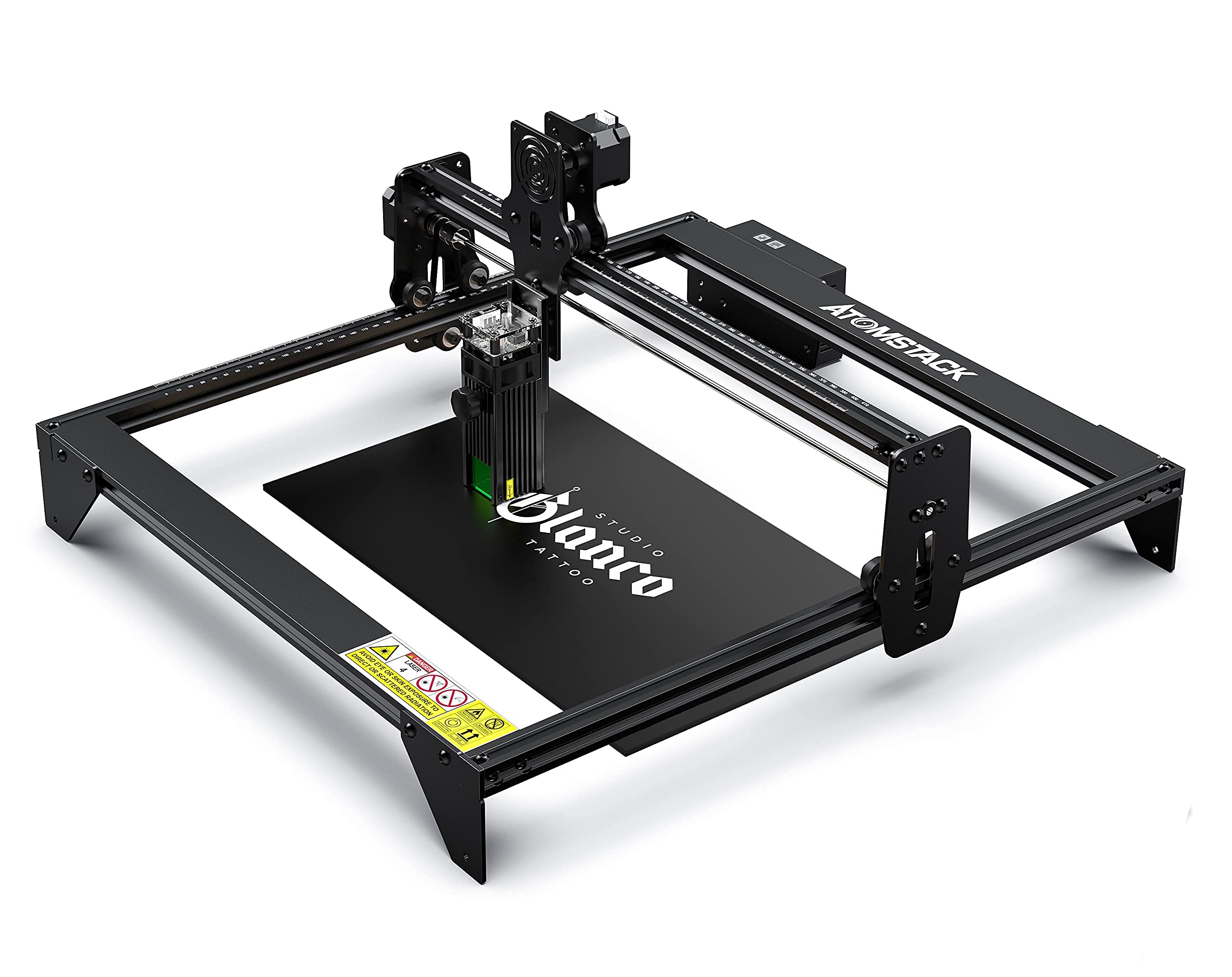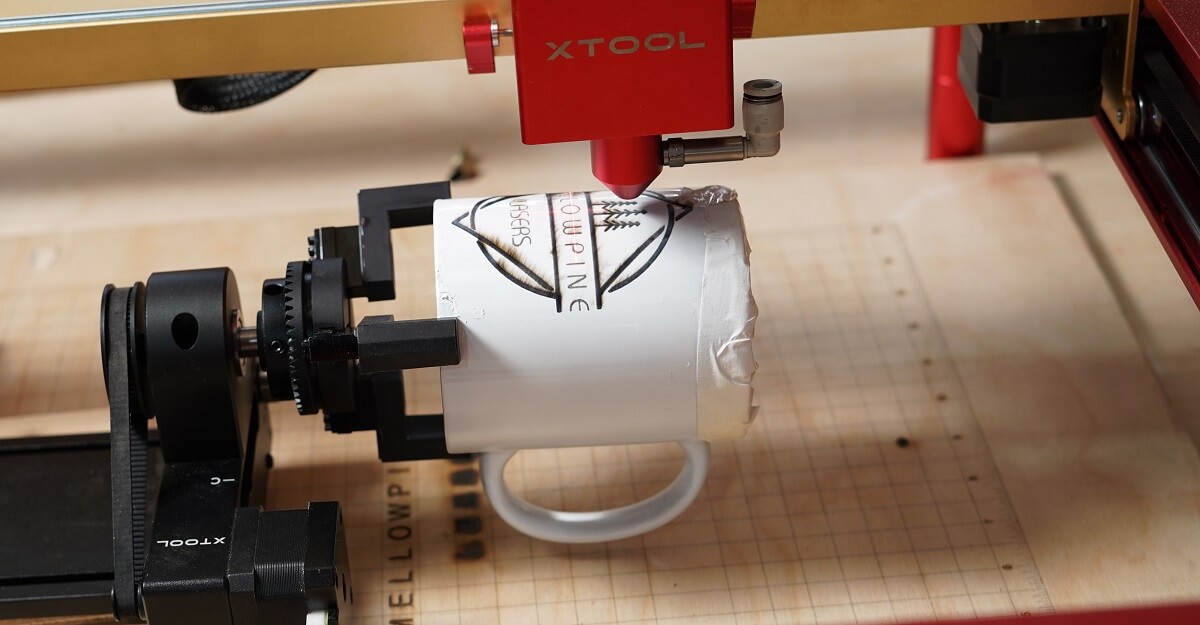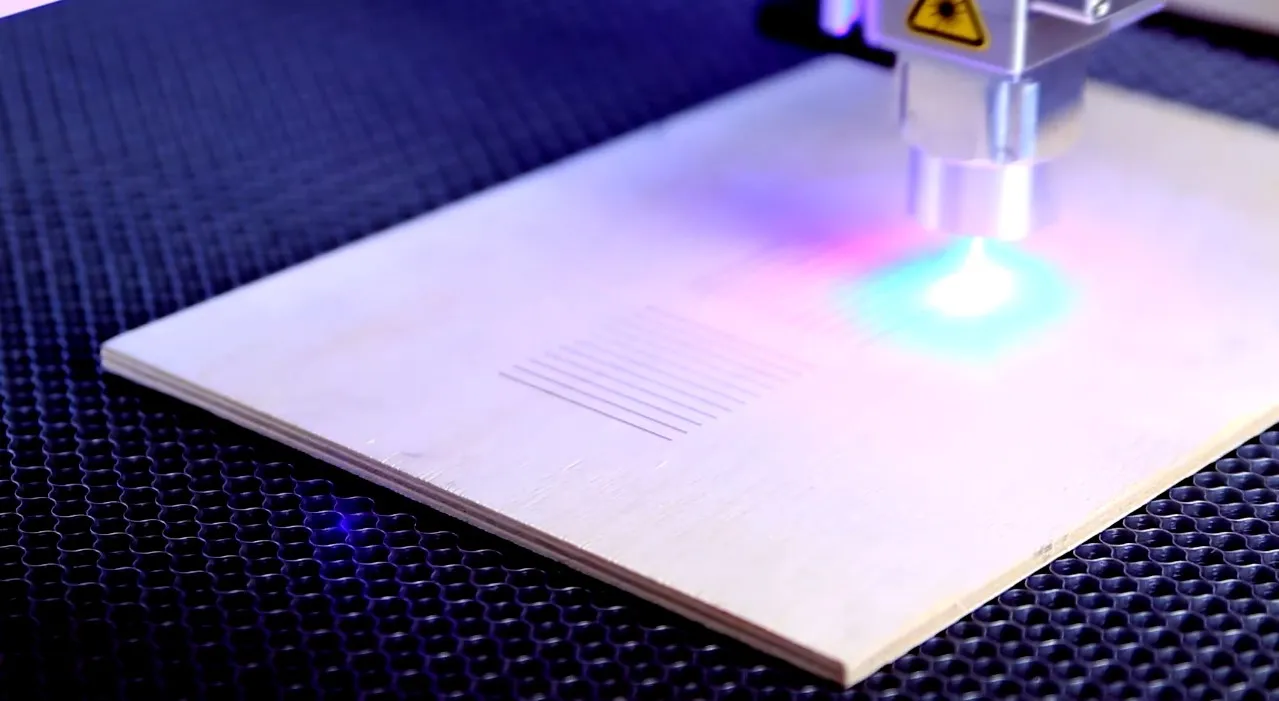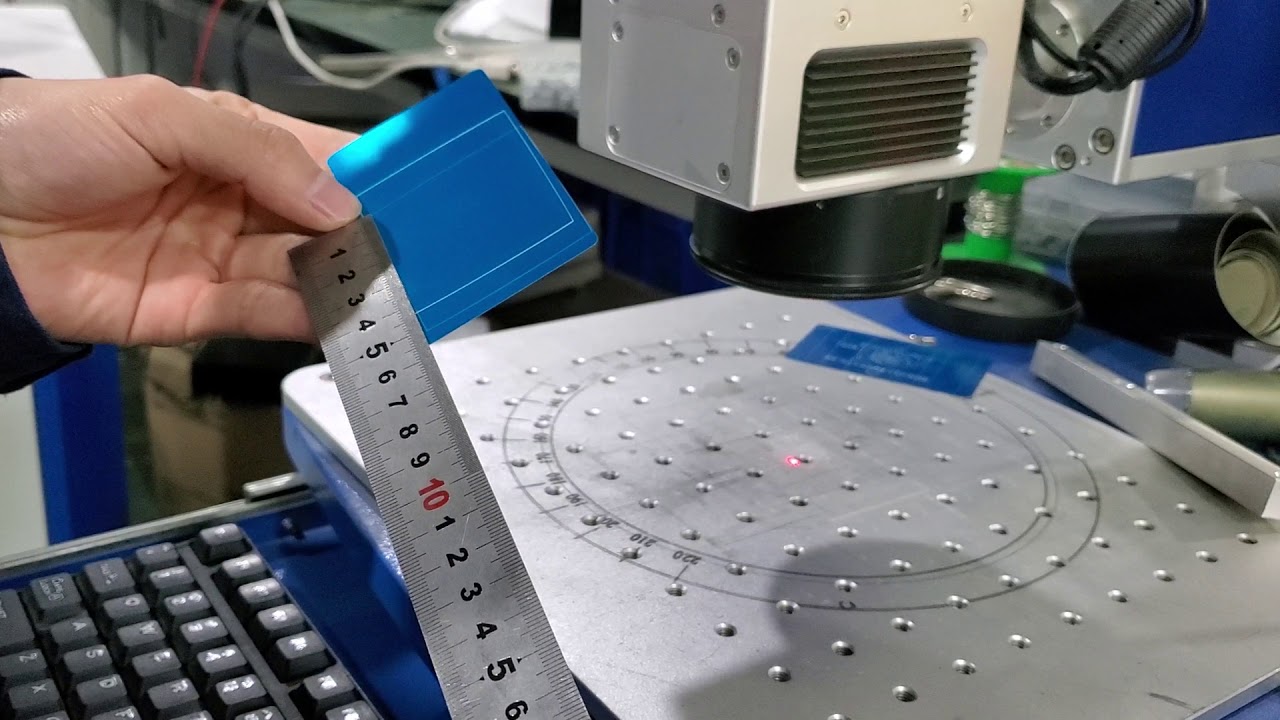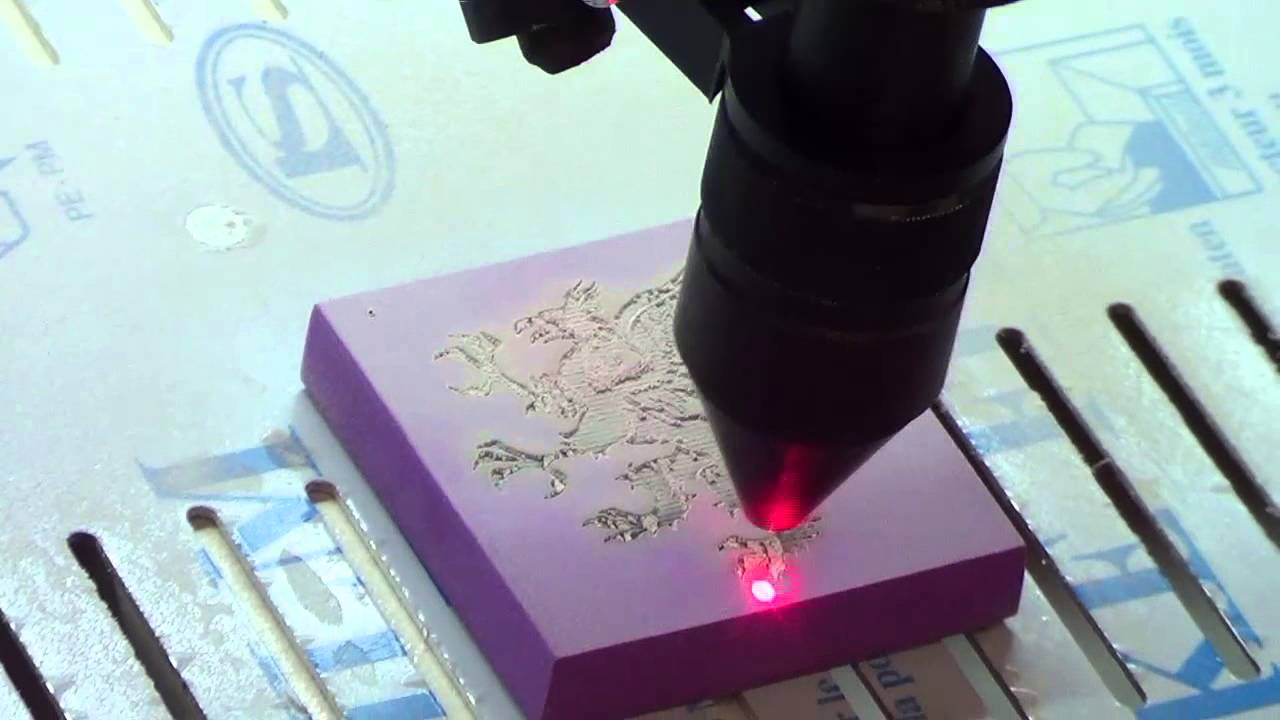Introduction
Welcome to the world of laser engraving, where precision meets creativity. Whether you’re a hobbyist, artist, or small business owner, a laser engraver can be a valuable tool for creating personalized gifts, custom signage, and stunning works of art. But as you dive into the realm of laser engraving, it is essential to understand the importance of proper ventilation.
Proper ventilation is crucial when using a laser engraver due to the release of smoke, fumes, and particulate matter during the engraving process. Without sufficient ventilation, these byproducts can accumulate in the workspace, leading to health hazards and potential damage to the machine itself. In this article, we will explore the various types of ventilation systems, the importance of choosing the right location for your engraver, the ventilation requirements for different laser engravers, and how to install and maintain an effective ventilation system.
By ensuring that your laser engraver is properly vented, you can create a safer and more enjoyable working environment while maximizing the longevity of your equipment. So, let’s dive in and discover how to properly vent a laser engraver to unleash the full potential of this incredible tool.
Why Proper Ventilation is Essential
Proper ventilation is essential when operating a laser engraver due to several important reasons. Firstly, laser engraving involves the use of high-powered lasers that vaporize or burn materials such as wood, acrylic, or metal. This process creates smoke and fumes that can be harmful if inhaled over an extended period. The release of toxic gases and airborne particles can lead to respiratory issues, eye irritation, and long-term health hazards.
Secondly, the byproducts of laser engraving, including the smoke and fumes, can result in a buildup of residue on the surface of the engraved material and the lens of the laser. Accumulated residue can diminish the precision and quality of the engravings, leading to subpar results and potential damage to the machine.
Proper ventilation not only removes hazardous fumes but also helps dissipate heat generated by the laser engraver. Laser engraving machines can produce a significant amount of heat during operation, which can cause overheating if not properly managed. Adequate ventilation prevents excessive heat build-up, prolonging the lifespan of the machine and ensuring optimal performance.
Furthermore, a well-ventilated workspace creates a more comfortable and pleasant environment for the operator. The removal of smoke and fumes ensures that the air remains clean and breathable, minimizing the risk of discomfort or respiratory distress during long engraving sessions.
Overall, proper ventilation is essential for the safety of the operator, the maintenance of the machine, and the quality of the engravings. By implementing effective ventilation measures, you can establish a healthier work environment, prolong the lifespan of your laser engraver, and achieve superior engraving results.
Types of Ventilation Systems
When it comes to ventilation systems for laser engravers, there are several options to choose from. The choice of ventilation system will depend on factors such as the size of your workspace, the type of laser engraver you have, and your ventilation requirements. Let’s explore some of the commonly used ventilation systems:
- Exhaust Fans: Exhaust fans are a popular choice for small to medium-sized laser engraving setups. These fans are typically installed near the laser engraver to draw out the smoke and fumes generated during the engraving process. They can be mounted directly on a window, wall, or on the roof of the workspace. Exhaust fans are relatively affordable and easy to install, making them a practical solution for many engravers.
- Ducted Ventilation: Ducted ventilation systems utilize a network of ducts to remove the smoke and fumes from the engraving area and expel them outside. This system is effective for larger workspaces or when the laser engraver is located in a separate room. Ducted ventilation provides better control over airflow and allows for customization of the system to suit your specific needs.
- Activated Carbon Filters: Activated carbon filters are often used in conjunction with exhaust fans or ducted ventilation systems. These filters are designed to capture and neutralize odors and harmful chemicals present in the smoke and fumes. Activated carbon filters are particularly useful if you work with materials that produce strong or noxious odors.
- Positive Pressure Ventilation: Positive pressure ventilation systems work by pressurizing the workspace with clean, filtered air. This helps prevent the entry of outside contaminants and ensures a constant supply of fresh air. Positive pressure ventilation is commonly used in industrial settings where a high level of cleanliness is required.
- Air Purifiers: Air purifiers, with HEPA (High-Efficiency Particulate Air) filters, can be used alongside other ventilation systems to further improve the air quality in the workspace. These systems are effective in capturing and removing particles as small as 0.3 microns, including fine dust and allergens. Air purifiers are a valuable addition to any laser engraving setup, providing an extra layer of protection for both the operator and the equipment.
It is important to carefully evaluate your specific needs and consult with professionals or the manufacturer of your laser engraver to determine the most suitable ventilation system for your workspace. Each type of ventilation system has its advantages and considerations, so make an informed decision based on your requirements to ensure optimal ventilation and safety.
Choosing the Right Location
Choosing the right location for your laser engraver is a crucial step in ensuring effective ventilation and overall safety. Here are some factors to consider when selecting the ideal location:
- Adequate Space: Ensure that you have enough space to accommodate the laser engraver and the ventilation system. The workspace should be well-ventilated, with sufficient room for proper airflow and the removal of smoke and fumes.
- Ventilation Accessibility: It is essential to have access to a window, wall, or roof where you can install the necessary ventilation system. Consider the proximity of the engraver to the ventilation outlet to minimize the length of the ductwork required.
- Fire Safety: Laser engraving involves the use of high-powered lasers, which can potentially cause fires if proper precautions are not taken. It is crucial to place your engraver in a location where fire safety measures, such as fire extinguishers and fire-resistant surfaces, can be easily implemented.
- Noise Considerations: Keep in mind that ventilation systems can be noisy, especially exhaust fans. Consider the noise levels and whether it is acceptable for your workspace or if additional soundproofing measures are required.
- Ease of Maintenance: Ensure that the location allows for easy access to the laser engraver and the ventilation system for routine maintenance and cleaning. This will help prolong the lifespan of your equipment and ensure the effectiveness of the ventilation system.
- Work Efficiency: Choose a location that allows for a smooth workflow and convenient access to materials and other tools you may need during the engraving process. A well-organized and efficient workspace will enhance productivity and minimize distractions.
By carefully considering these factors, you can choose a location that not only meets the ventilation needs of your laser engraver but also provides a safe and efficient working environment. Remember to consult with professionals or refer to the manufacturer’s guidelines for any specific requirements or recommendations regarding the placement of your laser engraver.
Ventilation Requirements for Different Laser Engravers
Each laser engraver model may have specific ventilation requirements based on factors such as laser power, engraving speed, and the materials being used. It is essential to understand these requirements to ensure proper ventilation and prevent any potential issues that may arise. Here are some general guidelines to consider:
- Laser Power: Laser engravers with higher power levels typically generate more smoke and fumes during the engraving process. Higher-powered machines may require more robust ventilation systems to adequately remove these byproducts.
- Engraving Speed: The speed at which the laser moves across the material can also impact the amount of smoke and fumes produced. Faster engraving speeds may require more efficient ventilation to prevent the accumulation of smoke and ensure a clean working environment.
- Materials: Different materials produce varying levels of smoke and fumes when engraved. For example, engraving wood may result in more significant smoke production than engraving acrylic. Consider the materials you frequently work with and ensure that your ventilation system can effectively handle the byproducts generated.
- Regulations and Standards: Depending on your location and industry, there may be specific regulations and standards regarding ventilation in the workspace. It is crucial to familiarize yourself with any applicable guidelines to ensure compliance and the safety of your operations.
- Manufacturer Recommendations: Always refer to the manufacturer’s guidelines and recommendations regarding ventilation requirements for your specific laser engraver model. They will provide valuable insight into the ideal ventilation setup and any specific considerations to follow.
It is crucial to assess the ventilation requirements of your laser engraver and determine the most suitable ventilation system for your needs. This may involve consulting with professionals in the field or reaching out to the manufacturer for guidance. By ensuring that the ventilation system aligns with the specific requirements of your laser engraver, you can maintain a clean and safe working environment, prolong the lifespan of your equipment, and achieve optimal engraving results.
Installing a Ventilation System
Installing a proper ventilation system for your laser engraver is a critical step in ensuring a safe and healthy working environment. The installation process may vary depending on the type of ventilation system you choose, but here are some general steps to follow:
- Evaluate the Workspace: Take a close look at your workspace and assess the best location for the laser engraver and the ventilation system. Consider factors such as accessibility, proximity to a ventilation outlet, and any fire safety requirements.
- Determine the Ventilation System: Based on your needs and the recommendations of the manufacturer, choose the most suitable ventilation system for your laser engraver. This may include exhaust fans, ducted ventilation, activated carbon filters, or a combination of these components.
- Plan the Ductwork: If using ducted ventilation, plan the layout of the ductwork. Consider the shortest and most direct route for the ducts to expel the smoke and fumes outside. Avoid sharp bends or restrictions in the ducts to ensure optimal airflow.
- Prepare the Workspace: Clear the area surrounding the laser engraver and ensure that it is clean and unobstructed. Remove any flammable materials or objects that could hinder the airflow or pose a fire hazard.
- Install the Ventilation Components: Follow the manufacturer’s instructions for installing the chosen ventilation system. This may involve mounting exhaust fans, connecting ductwork, or installing activated carbon filters. Ensure that all components are securely in place and properly connected.
- Test the Ventilation System: Once installed, test the ventilation system by operating the laser engraver. Observe the performance of the ventilation system and ensure that it effectively removes the smoke and fumes from the workspace. Make any necessary adjustments to optimize airflow, if required.
- Ensure Safety Compliance: Regularly inspect the ventilation system to ensure it is functioning properly and adheres to safety guidelines. Maintain the system by cleaning or replacing filters as recommended by the manufacturer.
It is worth noting that the installation of a ventilation system may require professional help, especially for more complex setups or if compliance with specific regulations is necessary. Consulting with experts in the field can help ensure the proper installation and functionality of the ventilation system.
Remember, installing an effective ventilation system is not a one-time task. Regular maintenance, monitoring, and cleaning of the ventilation system are essential to ensure its ongoing efficiency and optimal performance.
Ensuring Proper Airflow
Proper airflow is essential to maintain an effective ventilation system for your laser engraver. Here are some key considerations to ensure optimal airflow:
- Clear Air Path: Ensure that there are no obstructions blocking the air path between the engraver and the ventilation outlet. Keeping the workspace free from clutter and debris allows for smooth airflow and efficient removal of smoke and fumes.
- Seal Potential Leaks: Check for any leaks or gaps in the ventilation system that could allow the escape of smoke or fumes into the workspace. Use appropriate sealing materials such as duct tape or heat-resistant sealants to seal these gaps and maintain proper airflow.
- Avoid Backdraft: To prevent backdraft, ensure that the ventilation outlet is located away from air intakes or windows that could draw the smoke and fumes back into the workspace. Positioning the ventilation outlet in an optimal location will help create a steady flow of air out of the workspace.
- Consider Air Pressure: Depending on the ventilation system you choose, it is crucial to consider the air pressure requirements. Some systems, such as positive pressure ventilation, rely on maintaining a higher pressure inside the workspace to prevent the entry of external contaminants. Follow the manufacturer’s recommendations for maintaining the appropriate air pressure.
- Regular Inspections: Regularly inspect the ventilation system, including fans, filters, and ductwork, for any signs of damage or blockages. Clean or replace filters as recommended by the manufacturer to maintain efficient airflow and prevent the buildup of residue or contaminants.
- Monitor Air Quality: Keep an eye on the air quality in your workspace. If you notice an increase in smoke, fumes, or odors during engraving, it may indicate a problem with airflow. Address any issues promptly to maintain a safe and healthy working environment.
Remember, proper airflow is vital for effective ventilation. Regularly assess and maintain airflow within your workspace to ensure the optimal performance of your ventilation system and to safeguard your health and the longevity of your laser engraver.
Maintenance and Cleaning of the Ventilation System
Maintaining a clean and well-functioning ventilation system is essential to ensure its optimal performance and longevity. Regular maintenance and cleaning of the ventilation system will help prevent issues such as reduced airflow, filter clogging, and the buildup of residue. Here are some key steps to maintain and clean your ventilation system:
- Inspect Regularly: Conduct regular inspections of the ventilation system, including the fans, ductwork, and filters. Look for any signs of damage, wear and tear, or blockages that could hinder airflow.
- Clean or Replace Filters: Follow the manufacturer’s recommendations regarding the cleaning or replacement of filters. Dirty or clogged filters can significantly reduce the efficiency of the ventilation system. Clean or replace filters as necessary to maintain proper airflow and prevent the accumulation of contaminants.
- Clean Exhaust Fans: If you have exhaust fans, clean them regularly to remove dust, debris, and any buildup that may affect their performance. Use a damp cloth or a soft brush to gently clean the fan blades and motor housing. Ensure that the fans are switched off and disconnected before cleaning.
- Clean Ductwork: If you have a ducted ventilation system, inspect the ductwork for any obstructions, such as dust or debris. Clear away any blockages and clean the interior of the ducts using a brush or vacuum cleaner with a hose attachment.
- Maintain Proper Sealing: Check and maintain the seals and connections of the ventilation system to ensure there are no air leaks. Repair or replace any worn-out seals, duct tape, or connectors to maintain optimal airflow and prevent the escape of smoke or fumes into the workspace.
- Monitor Air Quality: Continuously monitor the air quality in your workspace to detect any changes or issues with the ventilation system. If you notice an increase in smoke, fumes, or odors, it may indicate a problem that needs to be addressed.
- Professional Maintenance: Consider seeking professional maintenance or servicing for your ventilation system at regular intervals. Professionals can perform thorough inspections, cleanings, and necessary repairs to ensure the system’s optimal performance.
By implementing a regular maintenance and cleaning routine, you can maximize the efficiency and lifespan of your ventilation system. This will not only help create a safer and healthier working environment but also ensure that your laser engraver continues to deliver high-quality results over time.
Conclusion
Proper ventilation is crucial when operating a laser engraver to ensure the safety of the operator, maintain the integrity of the machine, and create a clean and healthy working environment. By effectively removing smoke, fumes, and airborne particles, ventilation systems play a vital role in preventing health hazards, preserving the quality of engravings, and prolonging the lifespan of your laser engraver.
In this article, we explored the importance of proper ventilation and discussed various ventilation systems available for laser engravers. Whether you choose exhaust fans, ducted ventilation, activated carbon filters, or a combination of these components, it is crucial to select the system that meets your specific needs and complies with any applicable regulations.
Additionally, we discussed the significance of choosing the right location for your laser engraver to ensure ease of installation, accessibility for maintenance, and adherence to fire safety guidelines. We also highlighted the ventilation requirements for different laser engravers, emphasizing the need to consider laser power, engraving speed, materials used, and manufacturer recommendations.
Furthermore, we provided guidance on installing a ventilation system properly, ensuring proper airflow, and conducting regular maintenance and cleaning. These steps are essential to optimize the performance of your ventilation system and ensure a safe and productive work environment.
Remember, as you embark on your laser engraving journey, prioritize safety and proper ventilation. By taking the necessary steps to vent your laser engraver correctly, you can unleash the full potential of this remarkable tool while safeguarding your health and maximizing the lifespan of your equipment.







